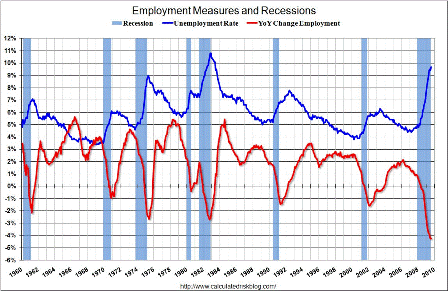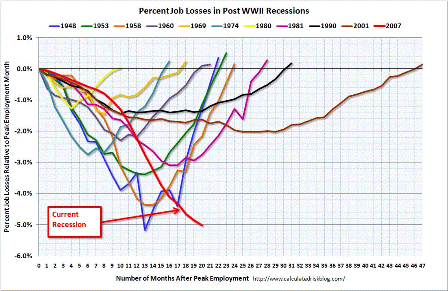[Skip to the end]
This comes down to the questions of:
What are banks?
What is the role of bank capital?
What are the dynamics of capital ratios?
1. What are banks?
Banks are public private partnerships presumably established and maintained for public purpose.
The presumed public purpose is to maintain and service a payments system and to make loans that further public purpose.
With most nations having learned the ugly way that the liability side of banking is not the place for market discipline,
they use a variety of methods to sustain credible deposit insurance.
With, for all practical purposes, unlimited govt. insured funding available, regulation falls on bank assets and capital.
Regulation determines what assets are ‘legal’ and presumably in line with public purpose. Regulators monitor all bank assets for compliance and assurance that bank assets are ‘worthy’ of the government deposit insurance.
2. What is the role of bank capital?
Banks can be government owned or privately owned.
When banks are 100% public institutions, government determines the price of risk, as expressed by the risk premium charged for specific loans.
As public private institutions, private capital is in a first loss position and risk is priced by private sector agents.
The US and most nations have presumably determined public purpose is served by having the private sector price loans.
Hence banks are public private partnerships with private owners investing prescribed quantities of capital.
3. What are the dynamics of capital ratios?
The capital ratios determine the minimum legal percentage of private funds at risk for the legal bank assets.
For example, a 10% capital ration would mean that private capital is providing 10% of the value of the assets as a first loss piece.
Higher capital ratios reduce both the risk and the returns on the private invested capital.
This also alters the banking system’s cost of raising capital, and thereby also alters interest rates charged by banks.
Conclusion
This understanding is not evident at the level of public policy formation, and the results are not encouraging.
The question of public purpose of capital ratios seems for the most part to be limited to the possibility of 100% of the private capital being lost, and the risk to ‘tax payer money.’
I don’t see any discussion of the larger issues of public purpose for which private bank ownership is presumably established.
And I see no need for international cooperation.
As with fiscal policy, the public purpose of each nation is better served dealing with its own insured banks unilaterally.
From GS this morning:
- Renewed focus on bank Capital ratios – in light of G20 and the statement from Basel committee yesterday. Waiting for a more formal piece from our analysts on this – but essential conclusion from the number of press pieces around today and the Basel statement is that banks, globally, will need to improve the quality and extent of capital ratios. Nothing new in that message – but the momentum towards formalisation of this process gathering pace. Looks likely that we will get a proposal on ‘Basel 3’ by end of year – impact assement early next year and implementation by the end of 2010. Legislation that will a ) force banks to increase capital ratios b ) replace some of the hybrid capital they have raised previously in form of preference shares or subdebt with common equtiy and c ) limit share dividends in good times to increase captial buffers in downturns. Would like to get some details from our equtiy analysts here – for the moment a very mixed set of views on the implications. FT disputes recent positive price action in bank stocks given the size of equtiy issuance that is likely to be needed in medium term as these proposals take shape. Others suggest that the Basel statement has a notable skew towards banks being able to build capital ratios organically over time by limiting dividends and retaining earnings – purposefully ensuring that there is no snap requirement for capital raising once legislation is proposed. Despite this we suspect that two sectors are still vulnerable here a ) banks with high leverage ratios ( i.e european banks with large non retail operations – particularly given IFRS doesn’t net derivative exposures ) b ) those banks with high proportion of hybrid capital ( i.e particuarly those banks with large gvt investment via preference shares )
[top]



